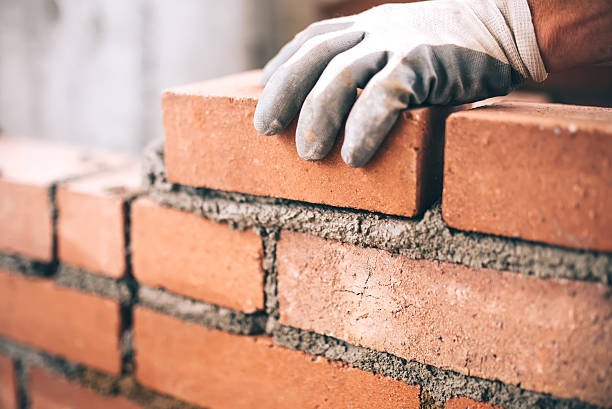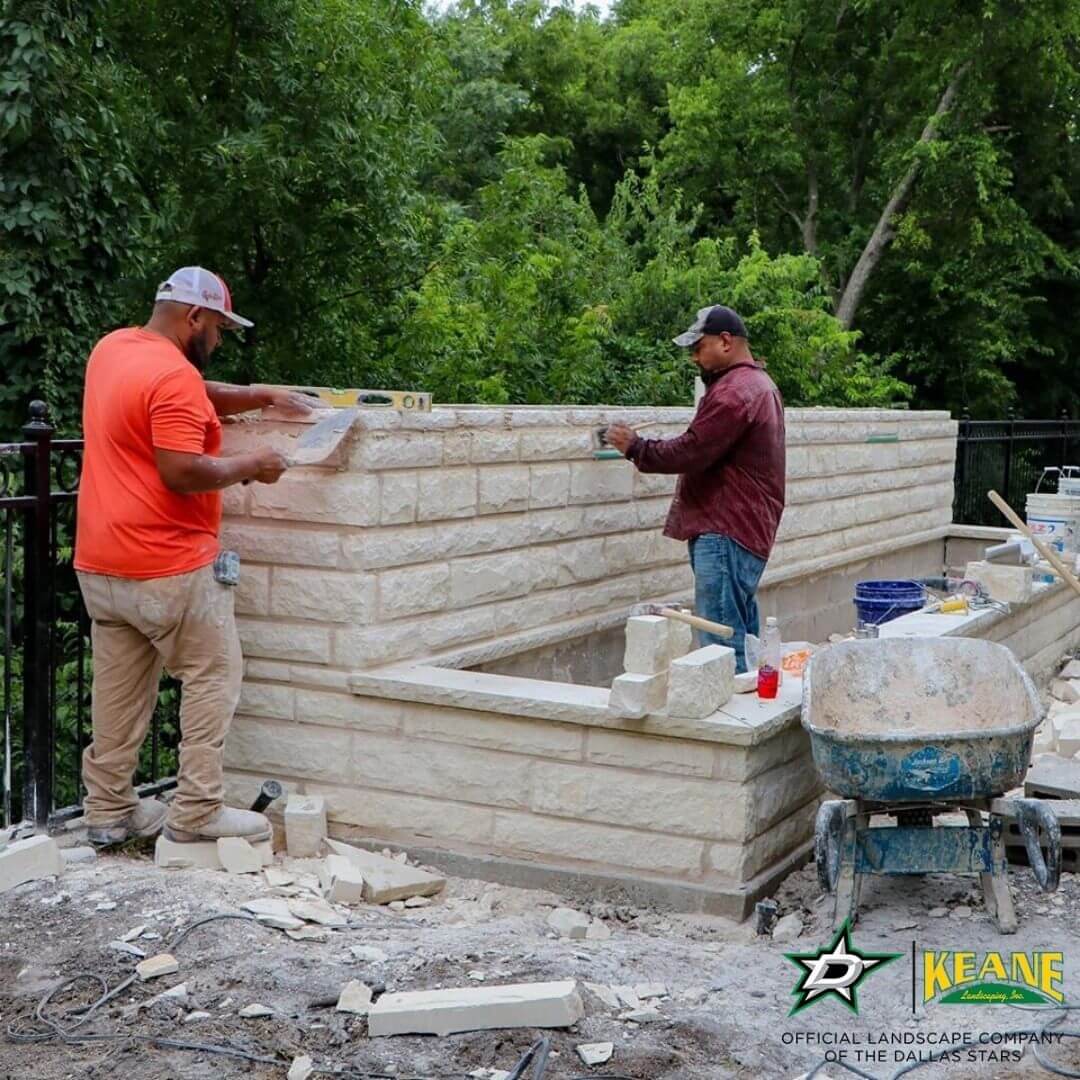Professional Siding Contractor Services to Increase Aesthetic Appeal
Professional Siding Contractor Services to Increase Aesthetic Appeal
Blog Article
Opening the Tricks of Lasting Masonry Building Practices for Eco-Friendly Structures
Amongst the myriad approaches to eco-friendly building, lasting stonework construction stands out as a tried and true and long lasting technique that holds a wide range of untapped capacity. From the option of materials to innovative building techniques, the keys to attaining sustainability within stonework building and construction are complex and fascinating.
Benefits of Lasting Stonework Building And Construction
Accepting sustainable stonework construction techniques not only decreases ecological influence but likewise supplies lasting economic benefits to contractors and neighborhoods. By using materials like recycled bricks, obstructs, and rocks, contractors can substantially lower the carbon footprint of their projects while advertising resource performance. In addition, lasting stonework building and construction methods, such as correct insulation and thermal mass residential or commercial properties, can enhance power performance within structures, leading to lowered operational prices over time.
Additionally, the sturdiness and durability of masonry frameworks add to long-term economic advantages. Structures constructed making use of lasting stonework techniques typically require less repair and maintenance, converting to set you back savings for contractors and residential property owners. The durability of stonework materials additionally ensures that structures remain steady and protected, minimizing the demand for regular restorations or substitutes.
Eco-Friendly Stonework Products
Utilizing green masonry products is a pivotal step in the direction of improving the sustainability of building techniques and decreasing ecological effect while making best use of long-lasting financial advantages. Sustainable stonework products are sourced, created, and used in a manner that decreases general ecological effect. Lasting concrete obstructs include recycled aggregates and may feature improved insulation properties, contributing to energy effectiveness in structures.
Additionally, natural products like adobe, rammed earth, and straw bundles supply outstanding thermal mass residential or commercial properties, reducing the requirement for home heating and cooling energy. These materials are frequently in your area readily available, promoting local economies and decreasing transportation-related carbon discharges. By picking green masonry materials, construction tasks can dramatically minimize their ecological impact and add to the development of much healthier, a lot more sustainable built settings.
Energy-Efficient Stonework Techniques
Power performance plays an essential role in improving the sustainability of stonework construction methods. By executing energy-efficient masonry techniques, building contractors can substantially decrease the general energy usage of a building, resulting in lower functional costs and a smaller sized ecological footprint. One key energy-efficient masonry method is the usage of thermal mass, which involves integrating thick materials like concrete or block right into the structure's structure to take in and store heat. This helps regulate indoor temperature levels, minimizing the need for mechanical home heating and cooling down systems.

Advancements in Sustainable Stonework
Current advancements in lasting masonry techniques have caused innovative strategies that are improving the building industry. One such development is the advancement of self-healing concrete, which uses bacteria installed within the blog here concrete to heal splits autonomously. This development not just minimizes upkeep prices yet additionally improves the resilience of masonry structures, adding to their sustainability.
Another significant innovation is using recycled aggregates in masonry building and construction - masonry contractor. By incorporating products such as smashed ceramic waste or recycled glass right into concrete blends, home builders can minimize the ecological influence of building jobs while maintaining architectural integrity. This method not just draws away waste from garbage dumps yet additionally preserves natural deposits, making it a vital improvement in lasting masonry construction
Furthermore, the integration of digital layout tools, such as Homepage Structure Info Modeling (BIM), is changing the method masonry structures are planned and created. BIM click to investigate enables for even more precise calculations, minimized product wastefulness, and enhanced energy effectiveness, eventually causing more lasting structure practices. These advancements collectively signify an encouraging future for sustainable stonework construction in the age of green buildings.
Future Trends in Stonework Sustainability
With the innovative strides made in lasting stonework practices, the future trends in stonework sustainability are positioned to further reinvent the construction sector. Among the vital trends shaping the future of stonework sustainability is the increased assimilation of technology. Innovations such as Building Info Modeling (BIM) and virtual fact simulations are being made use of to enhance stonework construction processes, leading to minimized material waste and enhanced power performance in structures.
Moreover, the advancement of unique lasting products is readied to play a significant duty in boosting the eco-friendliness of masonry construction. masonry contractor. Developments like self-healing concrete, recycled aggregates, and bio-based binders are obtaining traction for their ability to decrease ecological influence while keeping structural honesty

Final Thought
To conclude, lasting masonry building and construction methods use countless benefits for environment-friendly buildings. By utilizing environmentally friendly products and energy-efficient strategies, masonry can add to an extra lasting constructed atmosphere. Technologies in lasting masonry are continuously being developed to better enhance the ecological efficiency of structures. Looking towards the future, the trend of masonry sustainability is expected to expand, resulting in more eco-friendly and energy-efficient construction techniques in the years to come.
Report this page